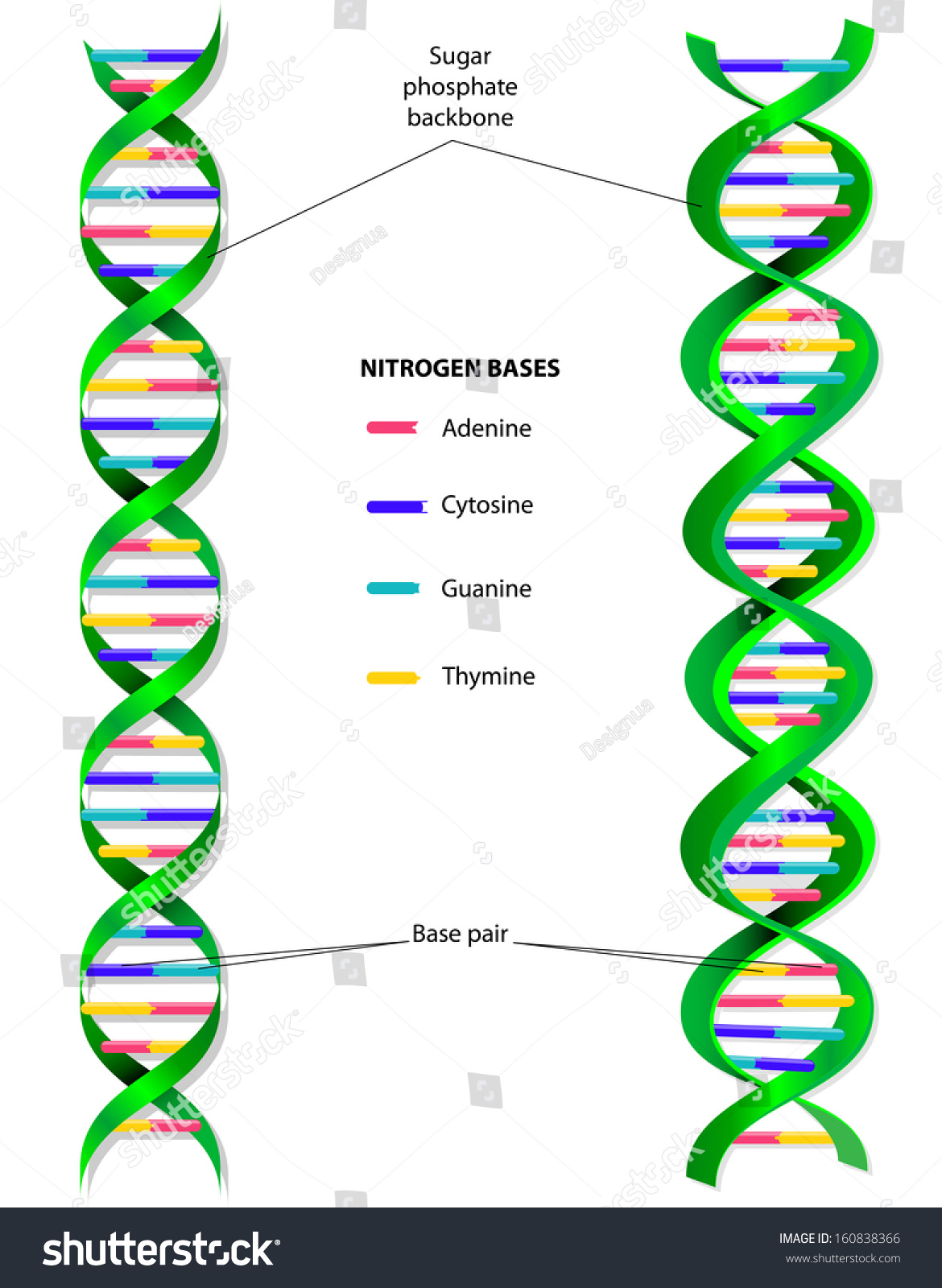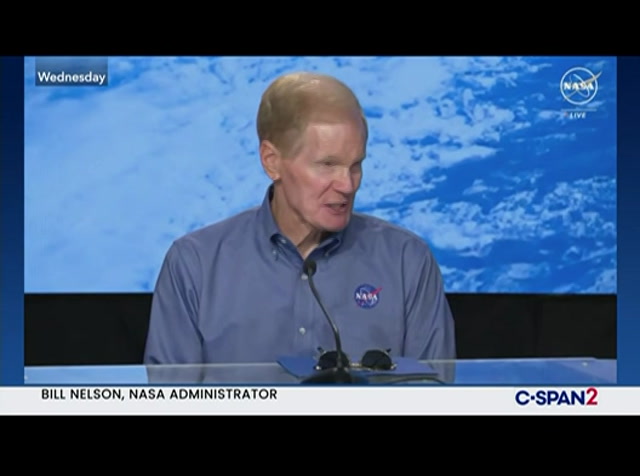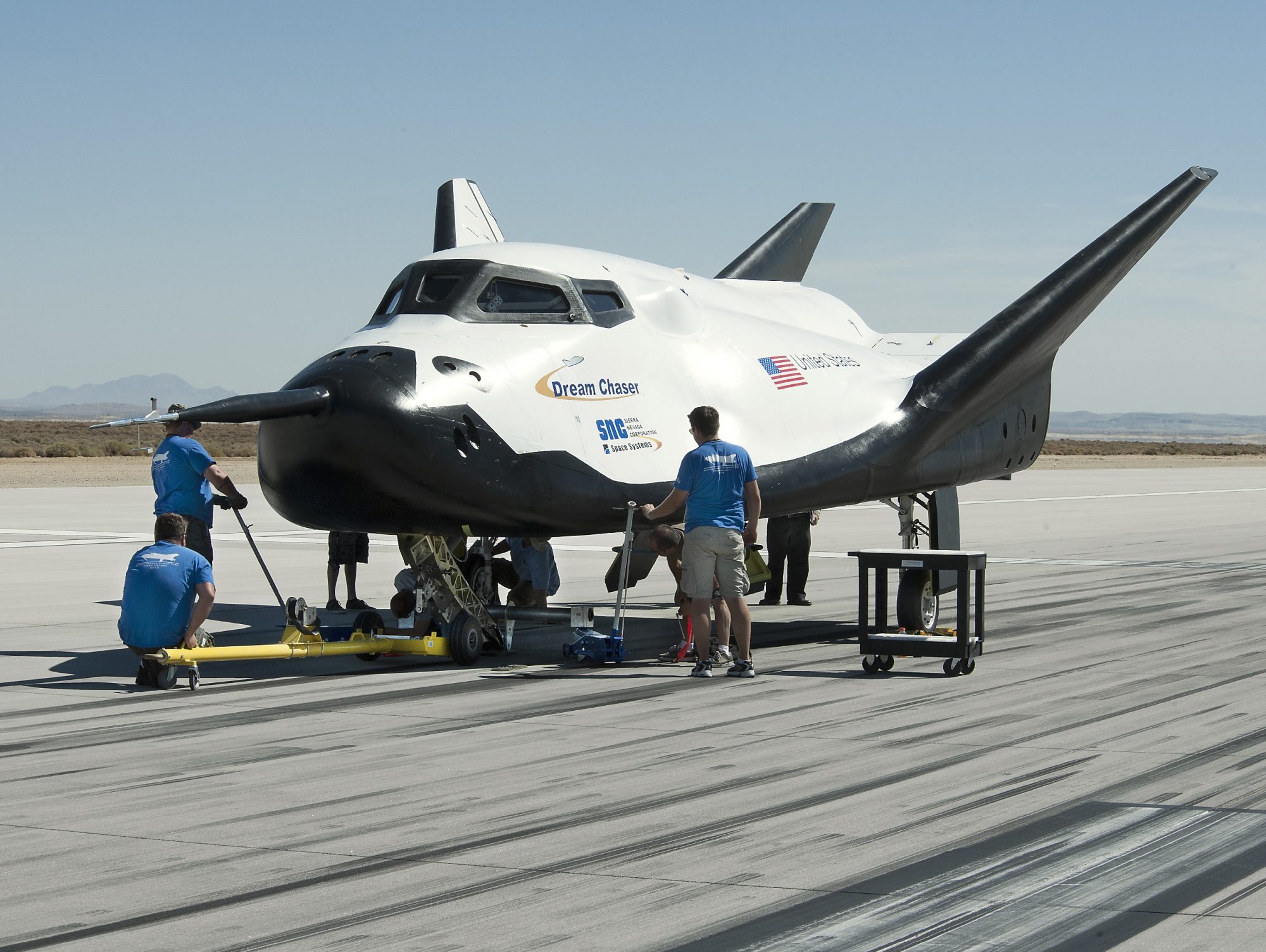The Nobel Prizes for Physiology, Physics and Chemistry were announced over the week of the 7th of October and while the prizes aren’t supposed to have any kind of ‘theme’ to them this year the field of Artificial Intelligence (AI) stood out as being of great importance. Not only were the physics and chemistry prizes awarded for work in developing or utilizing AI but several of the recipients warned about the dangers that uncontrolled AI are already having in our society.

But I’ll begin with the award for physiology or medicine because it was announced first and because AI played no role in the work for which it was honoured. The recipients of the 2024 Nobel Prize in physiology are Victor Ambros of the University of Massachusetts Medical School and Gary Ruvkun of Harvard Medical School. These two men were honoured for their discovery of microRNA along with how it functions in the cells of living creatures.

Let me take just a moment here to discuss the difference between DNA and RNA and how those differences are used in cells before I discuss why microRNA is so important. Both kinds of Nucleic Acids are composed of long chains of sugars; in RNA the sugar is called ribose while in DNA it is deoxyribose, which is just ribose without one oxygen atom. Attached to those long chains of sugars are nucleotide groups, adenine, thiamine, guanine and cytosine, A, T, G, and C for short. All life on this planet uses the sequence of the A, T, G, and Cs as a code for how to build a living creature, the famous genetic code.

I remember back in the 1960s reading Isaac Asimov’s book ‘The Genetic Code’ in high school and at that time biologists didn’t know why living cells used DNA to store that code in their nucleus rather than RNA. It turned out that DNA is a more stable chemical than RNA, although both are actually very fragile chemicals, so DNA is used to store the genetic code long term.

It was also discovered however that cells used RNA to send information from the nucleus to those parts of the cell that need it in order to build proteins because it is less stable and can therefore be reused more easily. This is the famous messenger RNA or mRNA that is used in our Covid-19 vaccines and for which last year’s Nobel prizes in physiology were awarded.

So then what is microRNA? Well if messengerRNA is made up of thousands of nuclides in order to build a protein, microRNA has only a few dozen nuclides and it acts as the ON and OFF switches for the building of those proteins. In other words microRNA regulates how much of the various proteins our cells build. Thanks to the work of Drs. Ambros and Ruvkun we have taken one more step, and an important one, in our understanding of how life works!

As I said above both this year’s Physics and Chemistry prizes deal with Artificial Intelligence (AI), a connection illustrating just how important AI has become to nearly every field of science, along with a growing importance in our daily lives. This year’s Physics Nobel Prizes were awarded to John Hopfield of Princeton University and Geoffrey Hinton of the University of Toronto for their work in the development of artificial neural networks that enabled computers to learn how to do things in a fashion very similar to the way we learn how to do things! What is known as machine learning.

As important as those advancements are Doctor Hinton, who has been christened ‘the godfather of AI’ stole something of the spotlight by taking the opportunity to warn about the growing danger of unregulated AI in our society. “It will be comparable with the Industrial Revolution,” he cautioned. “Instead of exceeding people in physical strength, it’s going to exceed people in intellectual ability. we have no experience of what it’s like to have things smarter than us.” At the same time however Dr. Hinton also pointed out the enormous benefits that AI could bring in terms of increased productivity and economic efficiencies, again similar to the developments of the industrial revolution.

So if this year’s Nobel in Physics were given to the scientists that led the way in the development of Artificial Intelligence then the Chemistry prize was given for utilizing AI. this year’s chemistry prize was given to David Baker of the University of Washington along with Demis Hassabis and John Jumper both of whom work at the DeepMind project a division of the Google Corporation.


The awarding of a Nobel to a researcher from a private corporation is not all that unusual. Bell Labs, when it was a division of Bell Telephone Corporation received quite a few Nobels, as have chemical and pharmaceutical companies. I do believe however that this is the first time that a software / internet company has received a Nobel.

All three of the recipient’s work dealt with applying machine learning techniques in order to better understand proteins. Proteins, which are constructed from long chains of about two dozen compounds known as amino acids, are the building blocks from which cells are made and are also involved in virtually all the chemical reactions that make up the cell’s metabolism. There are literally millions of different known proteins and it’s not just their chemical formula that determines how they behave but their shape as well. You see those long chains of amino acids bend and loop around on themselves forming complex three dimensional shapes that are often more important to a protein’s function than the atoms of which they are composed.

Calculating the shapes of proteins used to take years but in 2020 Doctors Hassabis and Jumper released AlphaFold an AI that can calculate the shape of a protein in hours or even minutes. Thanks to this program researchers around the world are developing new medicines as well as proteins that may be able to break down plastics into materials that can be more easily recycled.

Doctor Baker, who recently began using the AlphaFold Program in his own research, went further in developing a new class of proteins unlike any seen in nature. These new proteins have already been used in the development of new medicines and vaccines but there is also the possibility that they may find usage in the fields of nanomaterials and microscopic sensors.

The pioneering work of Doctors Hopfield and Hinton, along with Baker, Hassabis and Jumper illustrate how computers, and especially the new Artificial Intelligences, are playing an ever greater part in the world of science. Together with Doctors Ambros and Ruvkun they are this year’s Nobel laureates in the sciences.





















































































































